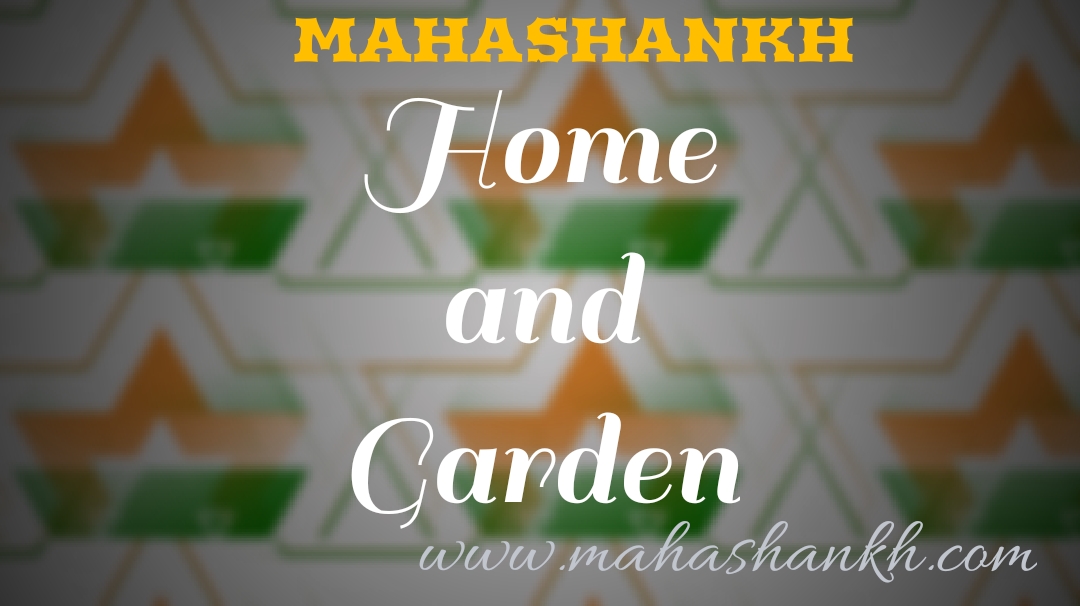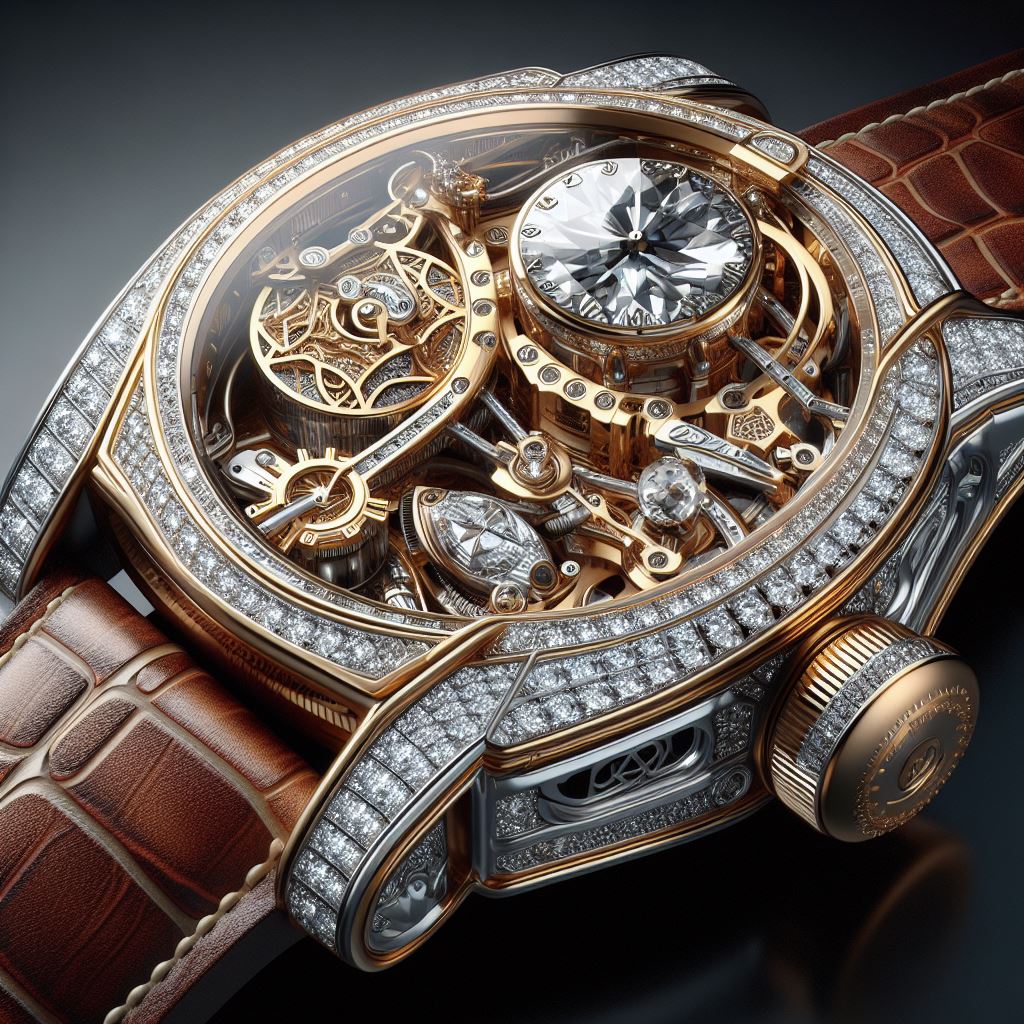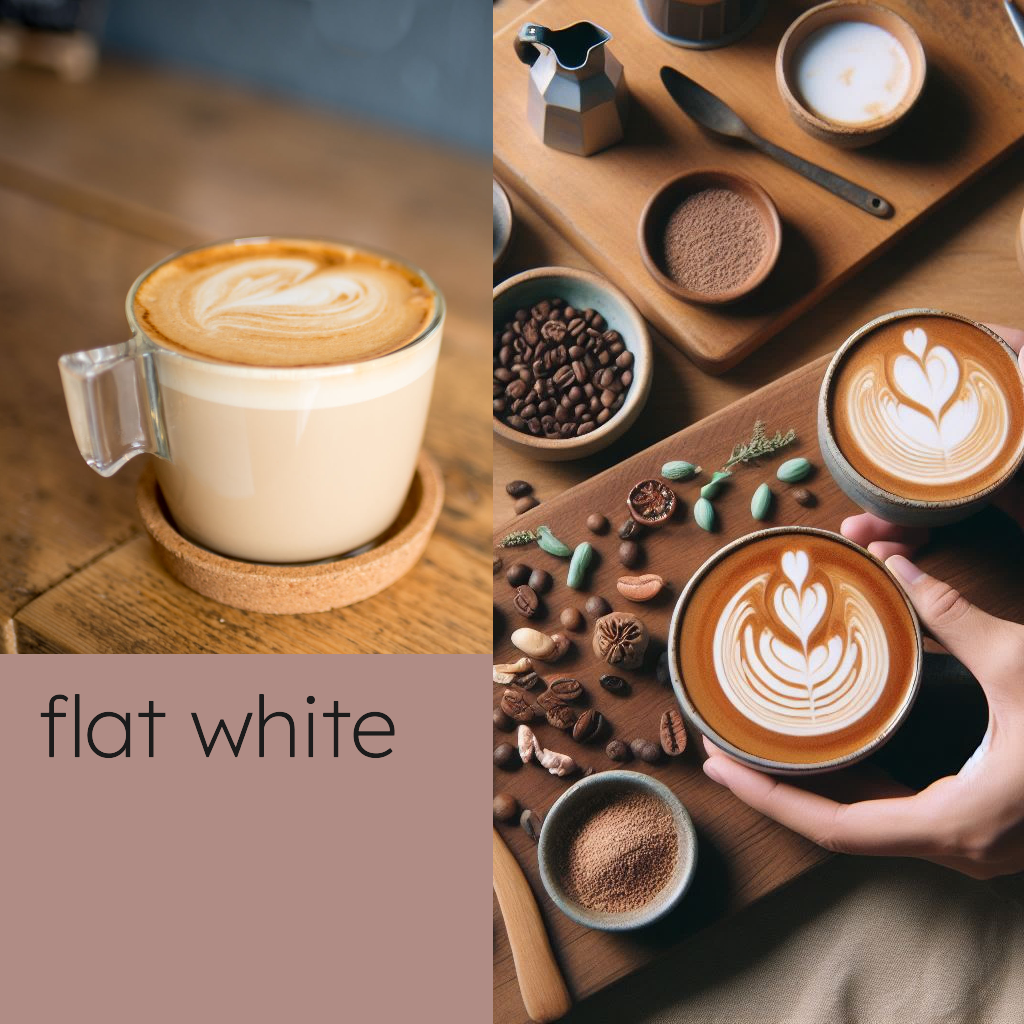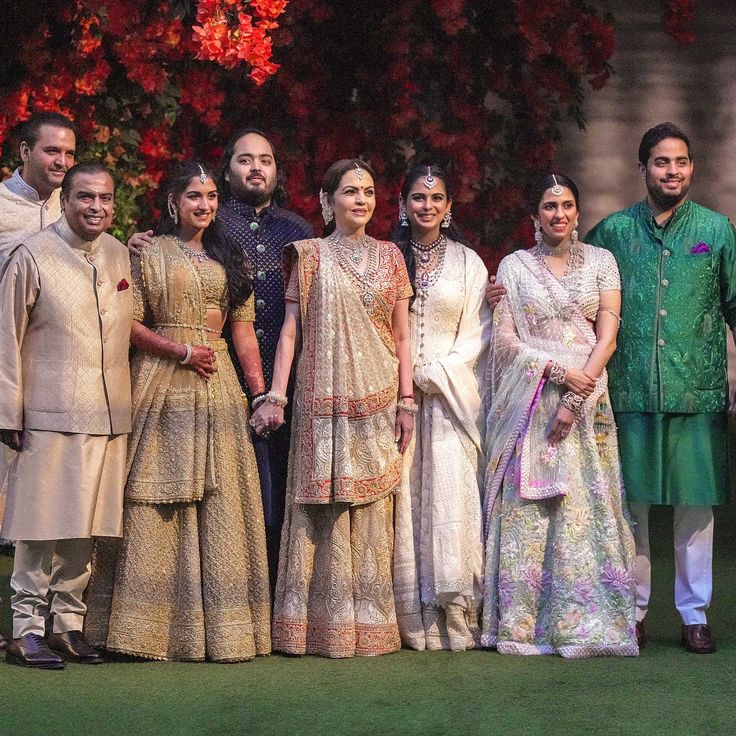Home and garden is a broad term that can refer to anything related to the home and its surroundings, including interior design, exterior design, gardening, and landscaping. There are many different magazines, websites, and blogs dedicated to home and garden, as well as home improvement stores and nurseries.
Table of Contents
Some popular home and garden magazines include:
- Homes & Gardens (UK)
- House Beautiful (US)
- Better Homes and Gardens (US)
- Elle Decor (US)
- Martha Stewart Living (US)
Some popular home and garden websites include:
- Houzz
- The Spruce
- Gardenista
- HGTV
Some popular home improvement stores include:
- Home Depot
- Lowe’s
- Menards
- Ace Hardware
- True Value
Some popular nurseries include:
- Monrovia
- The Sill
- Hirt’s Gardens
- Burpee
- Wayfair
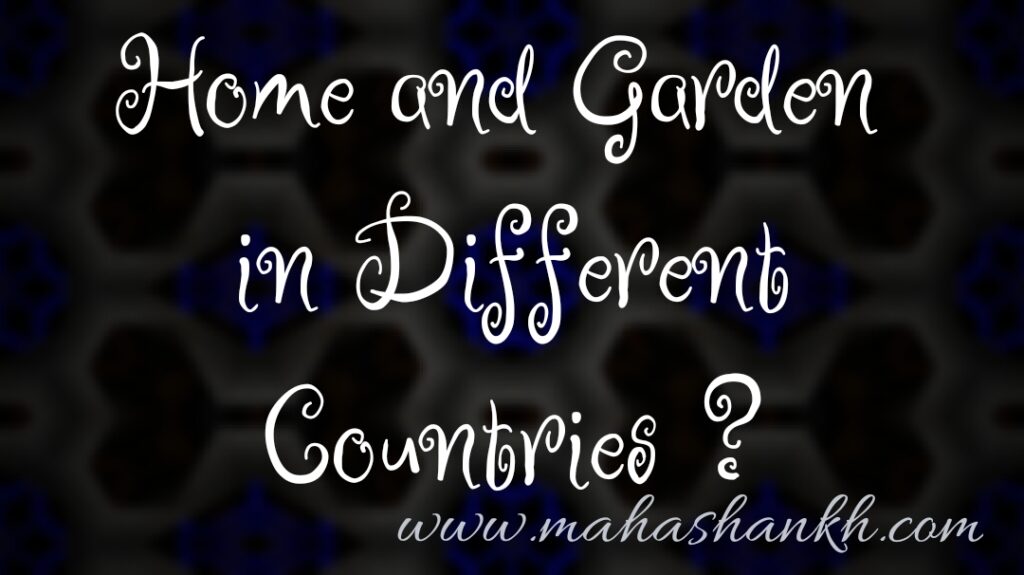
WHICH COUNTRIES HAS BEST HOME AND GARDEN DESIGN TECHNOLOGY ?
Several countries are known for their exceptional home and garden design:
- Italy: Renowned for its classic and elegant designs, Italy is famous for its high-quality furniture and intricate garden layouts.
- France: Known for its sophisticated and romantic style, French design often includes ornate furniture and structured gardens.
- Japan: Celebrated for its minimalist and Zen-inspired designs, Japanese homes and gardens often focus on tranquility and natural elements.
- United Kingdom: With a mix of traditional and modern styles, the UK emphasizes lush gardens and a cozy, cottage-like interior design.
- Sweden: Popular for its clean lines and functional designs, Swedish homes and gardens showcase simplicity and practicality.
- Morocco: Known for its vibrant colors and intricate patterns, Moroccan design adds warmth and personality to spaces.
- United States: The U.S. boasts diverse design styles, from colonial to contemporary, with a focus on spacious layouts and outdoor living spaces.
- Australia: Australian design often embraces open spaces, natural light, and a seamless blend between indoor and outdoor areas.
- Spain: Spanish design often features rustic elements, vibrant colors, and a mix of Mediterranean and Moorish influences.
- India: Indian design is rich in color and texture, incorporating intricate patterns, carved furniture, and lush gardens.
- China: Chinese design emphasizes harmony and balance, with elements like traditional furniture, ornate decorations, and serene garden layouts.
- Netherlands: Dutch design is known for its modern and minimalist approach, focusing on functionality, clean lines, and innovative use of space.
- Brazil: Brazilian design showcases a blend of tropical and contemporary styles, often incorporating bold colors, natural materials, and indoor-outdoor living.
- South Africa: With a fusion of cultural influences, South African design embraces natural materials, warm tones, and a connection to the surrounding environment.
- Greece: Greek design exudes a sense of history and simplicity, featuring white-washed buildings, blue accents, and gardens with olive trees and aromatic herbs.
- Mexico: Mexican design is characterized by vibrant colors, intricate tile work, and a mix of traditional and modern elements that reflect the country’s rich culture.
- Sweden: Known for its modern, minimalist approach, Swedish design focuses on functionality, neutral colors, and cozy, inviting spaces.
- Denmark: Danish design emphasizes simplicity, functionalism, and a strong connection to nature, often incorporating elements of “hygge” for comfort and coziness.
These countries offer a diverse range of design inspirations, each reflecting their unique cultures and traditions.
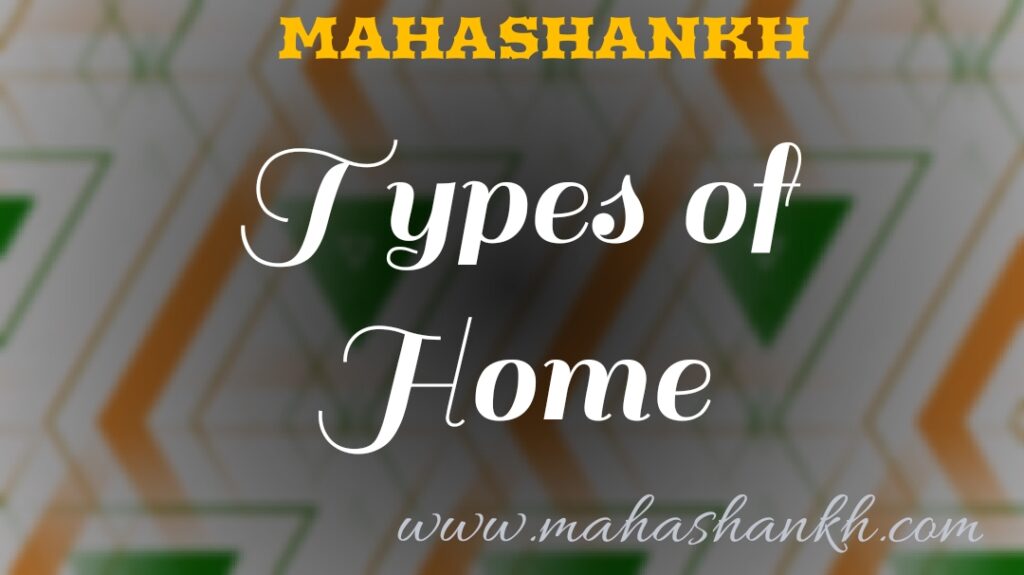
What are the various types of Home ?
There are many types of homes, each with its own characteristics and architectural styles. Here are some common types:
- Single-Family Home: A standalone house designed for one family, typically with its own yard or outdoor space.
- Apartment: A unit within a larger building that is divided into multiple living spaces, each typically having its own entrance.
- Condominium: Similar to an apartment, but each unit is owned individually, while common areas are shared and maintained collectively.
- Townhouse: A multi-level home that shares one or two walls with neighboring units. They often have small yards or outdoor spaces.
- Duplex/Triplex/Quadplex: A building divided into two, three, or four separate living units, each with its own entrance.
- Mobile/Manufactured Home: A dwelling that is factory-built and then transported to a chosen location. They can be placed on land owned or rented by the homeowner.
- Cottage: A small, cozy house, often with a picturesque design, commonly found in rural or semi-rural areas.
- Mansion: A large and luxurious residence, usually with expansive grounds and high-end amenities.
- Ranch-style Home: A single-story house with a long, low profile and open floor plan, often associated with a casual, laid-back lifestyle.
- Cape Cod Home: A style originating in New England, characterized by steep roofs, symmetrical facades, and dormer windows.
- Colonial Home: Inspired by early American architecture, featuring square or rectangular shapes, evenly spaced windows, and a central front door.
- Victorian Home: Known for ornate detailing, turrets, bay windows, and decorative woodwork, popular during the late 19th century.
- Modern/Contemporary Home: Emphasizes clean lines, large windows, and open spaces, often incorporating innovative materials and technologies.
- Bungalow: A single-story house with a low-pitched roof, often featuring a front porch and simple, functional design.
- Log Cabin: Constructed from logs, often found in rustic or rural areas, reflecting a traditional and naturalistic style.
- Tudor Home: Influenced by medieval English architecture, featuring steeply pitched roofs, decorative half-timbering, and intricate detailing.
- Mediterranean Home: Inspired by the architecture of Mediterranean countries, characterized by stucco exteriors, red-tiled roofs, and arched doorways.
- A-Frame House: Shaped like the letter “A,” with steeply sloping walls that extend to meet at a high peak, often used for vacation homes.
- Geodesic Dome: A structure made of triangular facets, offering a unique and energy-efficient living space.
- Earthship: An eco-friendly and self-sustaining home made from recycled materials, often featuring passive solar design and off-grid systems.
- Penthouse: A luxurious apartment located on the top floor of a high-rise building, often featuring stunning views and upscale amenities.
- Floating Home/Houseboat: A dwelling that floats on water, usually found in marinas or waterfront areas.
- Igloo: A traditional Inuit dwelling made from blocks of compacted snow and ice, designed to provide insulation in cold climates.
- Yurt: A circular, portable tent traditionally used by nomadic cultures, often featuring a lattice framework and a central opening for ventilation.
- Chateau: A grand, French-inspired country house often associated with large estates, elegant architecture, and elaborate interiors.
- Treehouse: A structure built in the branches of trees, offering a unique and elevated living experience.
- Cabin: A small, rustic dwelling, often found in wooded or remote areas, providing a cozy retreat from city life.
- Adobe House: Constructed from sun-dried clay bricks, commonly found in arid regions, offering natural cooling and insulation properties.
- Barndominium: A home that incorporates living spaces within a converted barn or a barn-like structure, often combining rustic and modern elements.
- Tiny House: A compact dwelling typically measuring under 400 square feet, designed to promote minimalist living and reduce environmental impact.
- Co-housing: A community-oriented living arrangement where individuals or families have private homes but share common spaces and resources.
- Earth-Sheltered Home: Partially or fully buried underground, these homes take advantage of the earth’s thermal mass to regulate temperature.
- Cob House: Built using a mixture of clay, sand, straw, and water, cob houses have curved, organic shapes and are often built by hand.
- Ibiza House: Inspired by the architecture of the Balearic Islands, characterized by white exteriors, flat roofs, and terraces.
- Palazzo: An Italian term for a large, elegant urban mansion, often featuring ornate architecture and spacious interiors.
- Shotgun House: A narrow, rectangular home with rooms arranged one after the other, often found in historical Southern U.S. neighborhoods.
- Longhouse: Traditional dwellings used by various indigenous cultures, characterized by their elongated shape and communal living spaces.
- Chickee Hut: A Seminole and Miccosukee native American dwelling, typically made from palmetto leaves and cypress wood, raised on stilts.
- Roundhouse: A circular dwelling often made from locally sourced materials, designed to blend harmoniously with the environment.
- Container Home: Repurposed shipping containers used as the structural framework for a home, often designed to be energy-efficient and affordable.
These are just a few more examples of the diverse range of home types found around the world, each with its own unique features and cultural significance.
What are the various types of Garden ?
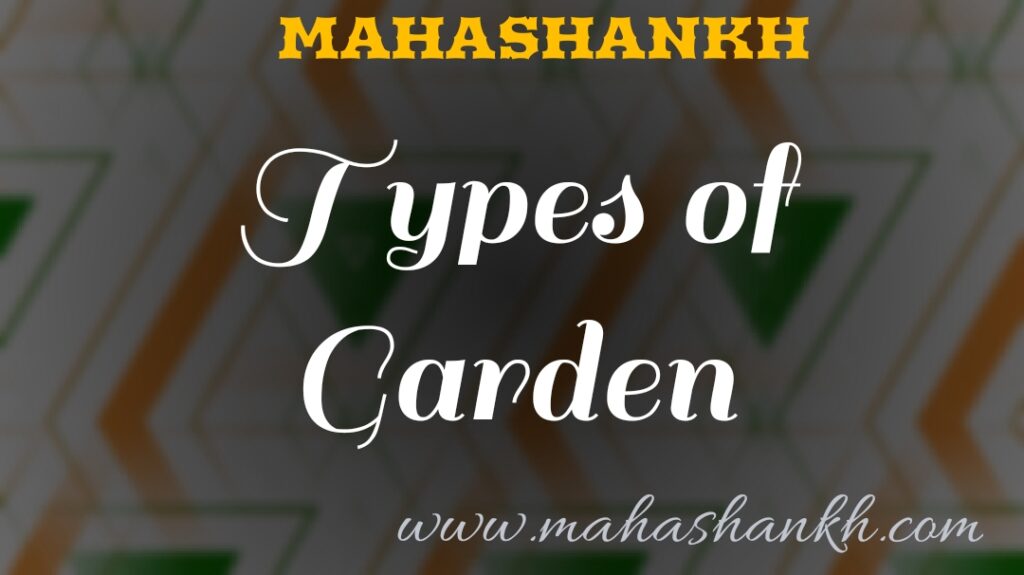
- Vegetable Garden: A garden dedicated to growing various types of vegetables for personal consumption.
- Herb Garden: A garden focused on cultivating different herbs used for culinary, medicinal, or aromatic purposes.
- Flower Garden: A garden primarily filled with various types of flowering plants, designed to be visually appealing.
- Rock Garden: A garden featuring a combination of rocks, stones, and alpine plants that thrive in rocky environments.
- Water Garden: A garden that includes ponds, waterfalls, and aquatic plants such as water lilies and lotus.
- Japanese Zen Garden: A minimalist garden design often featuring carefully raked gravel, rocks, and small plantings, meant to inspire tranquility and meditation.
- Cottage Garden: An informal garden characterized by a mix of flowers, herbs, and vegetables, often with a rustic and charming feel.
- Butterfly Garden: A garden designed to attract butterflies by incorporating nectar-producing plants that they feed on and host plants where they lay their eggs.
- Container Garden: A garden where plants are grown in containers such as pots, hanging baskets, or raised beds.
- Succulent Garden: A garden showcasing a variety of succulent plants known for their water-storing capabilities and unique textures.
- Rose Garden: A garden dedicated to growing different varieties of roses, prized for their beauty and fragrance.
- Fruit Orchard: A garden specifically for growing fruit-bearing trees and shrubs like apple, pear, cherry, and citrus trees.
- Wildflower Meadow: An area filled with native wildflowers that provide habitat for wildlife and promote biodiversity.
- Topiary Garden: A garden where shrubs and trees are pruned and shaped into intricate and artistic forms.
- Vertical Garden: A garden that utilizes vertical space, often using trellises or containers to grow plants on walls or fences.
- Bog Garden: A garden that features plants that thrive in wet or boggy conditions, often utilizing water-loving plants like cattails and pitcher plants.
- Bonsai Garden: A garden where bonsai trees are carefully cultivated and displayed, showcasing the art of miniaturizing trees.
- Mediterranean Garden: A garden inspired by the landscapes of the Mediterranean region, featuring drought-tolerant plants like lavender, olive trees, and rosemary.
- Perennial Garden: A garden composed mainly of perennial plants, which come back year after year, minimizing the need for replanting.
- Xeriscape Garden: A garden designed to conserve water by using drought-resistant plants and efficient irrigation techniques.
- Hummingbird Garden: A garden focused on attracting hummingbirds by planting flowers rich in nectar and providing suitable perches.
- Edible Forest Garden: A garden that mimics the structure of a natural forest, featuring a mix of fruit trees, shrubs, vines, and groundcover plants.
- Cactus Garden: A garden featuring various types of cacti, known for their ability to thrive in arid conditions.
- Islamic Garden: A type of formal garden design inspired by Islamic art and architecture, often characterized by geometric patterns and flowing water features.
- Roof Garden: A garden established on the roof of a building, which can provide insulation, reduce urban heat, and create green spaces in urban environments.
- Walled Garden: A garden enclosed by walls or hedges, often used to create a private and sheltered space for plants to thrive.
- Aromatic Garden: A garden filled with fragrant plants, such as lavender, thyme, and mint, designed to engage the senses through smell.
- Hydroponic Garden: A garden where plants are grown without soil, using nutrient-rich water solutions instead.
- Alpine Garden: A garden designed to replicate the high-altitude conditions of alpine regions, featuring plants that can withstand cold temperatures and rocky terrain.
- Medicinal Garden: A garden focused on cultivating plants used for traditional medicine and herbal remedies.
- Sensory Garden: A garden designed to engage all five senses, featuring plants with varying textures, colors, scents, and even interactive elements like wind chimes or water features.
- Moon Garden: A garden specifically designed to be enjoyed at night, featuring white or pale-colored flowers and plants that reflect moonlight.
- Culinary Garden: A garden focused on growing herbs, vegetables, and fruits that are commonly used in cooking to enhance flavors and culinary experiences.
- Bird Garden: A garden designed to attract a variety of bird species, incorporating plants that provide food, shelter, and nesting opportunities.
- Monastery Garden: A garden style traditionally found in monasteries, often characterized by orderly rows of vegetables and herbs for sustenance and medicinal purposes.
- Feng Shui Garden: A garden designed according to Feng Shui principles to promote harmony, balance, and positive energy flow.
- Victory Garden: A garden typically grown during times of war or scarcity to supplement food supplies, emphasizing practical and productive crops.
- Aquaponic Garden: A garden that combines aquaculture (raising aquatic animals) and hydroponics (cultivating plants in water), creating a symbiotic ecosystem where plants and fish benefit each other.
- Art Garden: A garden incorporating sculptures, installations, and other art forms amidst the natural surroundings.
- Tropical Garden: A garden designed to emulate the lush, vibrant landscapes of tropical regions, featuring exotic and colorful plants.
- Children’s Garden: A garden tailored for kids, featuring interactive elements, playful designs, and easy-to-care-for plants.
- Historical Garden: A garden that recreates a specific historical period or style, using plants, design elements, and structures from that time.
- Healing Garden: A garden designed to promote relaxation, reduce stress, and enhance well-being through serene environments and calming plant selections.
- Ethnic Garden: A garden inspired by the flora and cultural traditions of a specific ethnic group or region.
- Chromatic Garden: A garden organized around color themes, where plants are chosen based on their hues to create visually striking compositions.
- Secret Garden: A secluded garden often hidden from view, providing a sense of mystery and privacy.
- Plant Sanctuary: A garden dedicated to preserving and propagating endangered or rare plant species.
- Bee-Friendly Garden: A garden that supports pollinators like bees, featuring a variety of nectar-rich flowers and nesting sites.
- Wetland Garden: A garden designed to mimic wetland ecosystems, with plants that thrive in wet and marshy conditions.
- Fantasy Garden: A garden inspired by imagination and fantasy, often featuring whimsical elements like fairy houses, enchanted pathways, and mystical plants.
Feel free to explore and combine these garden types to create a unique and personalized outdoor space that suits your preferences and objectives.
Remember that these types of gardens can often overlap or be adapted to suit your preferences and climate conditions. The possibilities are virtually endless when it comes to designing and creating unique garden spaces.
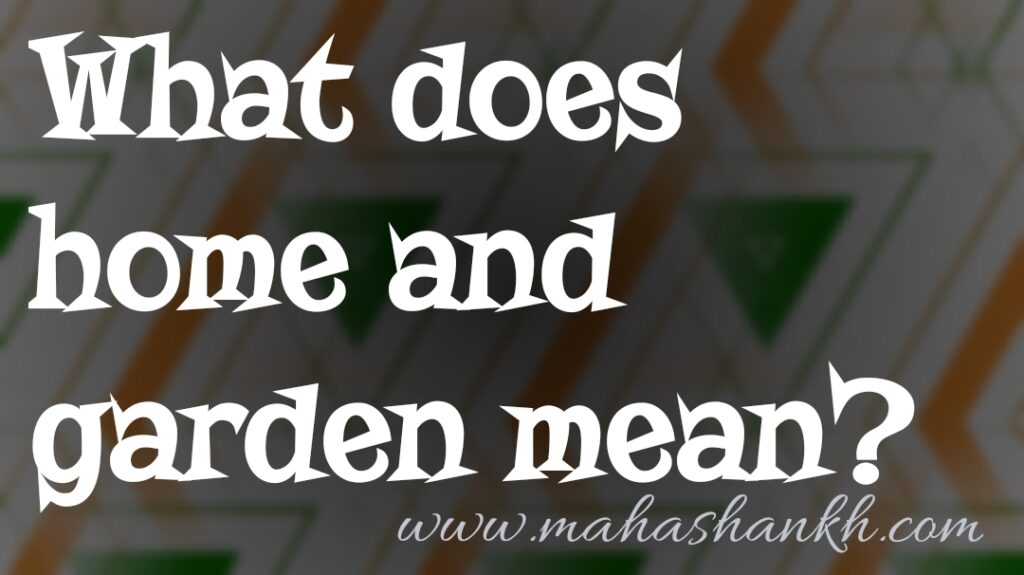
What does home and garden mean?
The term “home and garden” can refer to a few different things.
- It can refer to the physical space of a home and its surrounding garden. This could include the house, the yard, the patio, the driveway, and any other outdoor areas.
- It can also refer to the activities that take place in a home and garden. This could include gardening, cooking, entertaining, or simply relaxing.
- In a more general sense, “home and garden” can refer to the lifestyle of people who enjoy spending time in their homes and gardens. This could include people who are interested in interior design, landscaping, or sustainable living.
The term “home and garden” is often used in the names of magazines, websites, and businesses that cater to people who are interested in these topics. For example, the magazine “Better Homes and Gardens” is a popular resource for home improvement and gardening advice.
Ultimately, the meaning of “home and garden” is up to the individual. For some people, it is a physical space. For others, it is a way of life. And for still others, it is a combination of both.
Here are some other possible meanings of “home and garden”:
- A home and garden center is a store that sells plants, flowers, and other gardening supplies.
- A home and garden show is an event where people can see new products and trends for homes and gardens.
- A home and garden designer is someone who helps people plan and create their dream homes and gardens.
- A home and garden enthusiast is someone who is passionate about their home and garden.
What is a home garden called?
A home garden can be called by many names, depending on its size, location, and purpose. Some common names for home gardens include:
- Backyard garden: This is the most common type of home garden. It is located in the backyard of a home and is typically used for growing vegetables, herbs, and flowers.
- Front yard garden: This type of garden is less common than a backyard garden, but it can be a beautiful way to add curb appeal to a home. Front yard gardens are often used for growing flowers and ornamental plants.
- Container garden: This type of garden is planted in containers, such as pots, window boxes, or hanging baskets. Container gardens are a great option for people who have limited space or who live in apartments or condominiums.
- Rooftop garden: This type of garden is located on the roof of a building. Rooftop gardens can be a great way to add green space to a cityscape and to improve air quality.
- Vertical garden: This type of garden is planted on a vertical surface, such as a wall or fence. Vertical gardens are a great way to save space and to add greenery to a small area.
- Kitchen garden: This type of garden is specifically used for growing vegetables and herbs that are used in cooking. Kitchen gardens are a great way to have fresh, homegrown produce at your fingertips.
- Edible landscape: This type of garden is designed to be both beautiful and functional. Edible landscapes often include a variety of edible plants, such as fruit trees, vegetables, and herbs.
No matter what you call it, a home garden is a great way to connect with nature, get some exercise, and enjoy the fruits (and vegetables) of your labor.


